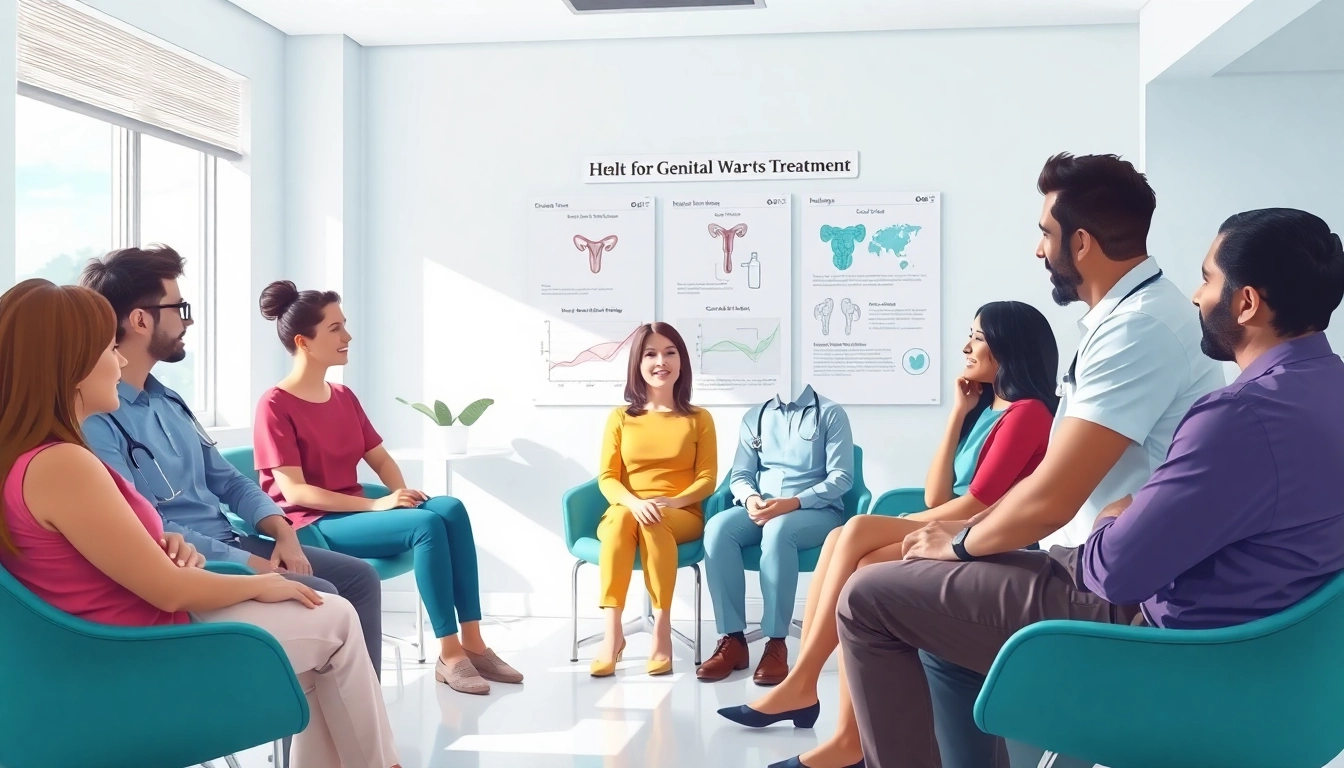Introduction to Health Informatics
In today’s rapidly evolving healthcare landscape, the integration of technology and data management has become a cornerstone of effective patient care. Health informatics, which sits at the intersection of information technology, data analytics, and healthcare practices, plays a pivotal role in shaping patient outcomes. As the demand for efficient healthcare delivery becomes increasingly salient, websites such as www.informaticsview.com provide valuable resources and insights into the best practices and innovations within this field.
Defining Health Informatics: A Comprehensive Overview
Health informatics can be succinctly defined as the systematic application of information technology to improve healthcare services and outcomes. It encompasses a variety of sub-disciplines, including clinical informatics, nursing informatics, and public health informatics. Each of these areas focuses on the use of data to enhance patient care, improve communication among healthcare professionals, and streamline clinical workflows. The World Health Organization suggests that effective informatics strategies can lead to more informed decision-making, particularly in disease management and treatment options.
The Importance of Health Informatics in Modern Healthcare
The relevance of health informatics can be seen in its influence on key aspects of modern healthcare, from patient engagement to predictive analytics. With healthcare providers facing an increasing volume of data, leveraging health informatics enables the effective utilization of electronic health records (EHRs), telemedicine, and big data analytics. Not only does this improve the accuracy of diagnoses and the personalization of treatment, but it also elevates the efficiency of clinical operations, contributing to overall healthcare system sustainability.
Key Concepts in www.informaticsview.com Focus
A central theme found at www.informaticsview.com revolves around the continuous integration of emerging technologies in healthcare practices. This includes the implementation of data interoperability standards, the adoption of AI and machine learning technologies, and the enhancement of user experience in health information systems. By focusing on these initiatives, the site illustrates how health informatics not only transforms healthcare delivery but also fosters a culture of innovation and excellence across various medical settings.
Core Components of Health Informatics
Data Management Strategies: Enhancing Patient Outcomes
Effective data management is critical in optimizing patient care and operational efficiency. A key component of health informatics involves the employment of robust data governance frameworks, which ensure that data collection, storage, and sharing are conducted according to established protocols. This includes the implementation of health information exchanges (HIE) that allow for seamless data transfer among healthcare providers, facilitating better-informed clinical decisions based on comprehensive patient data.
Technological Innovations in Healthcare Informatics
Technological innovations such as mobile health applications, telehealth systems, and wearables have reshaped the landscape of patient care significantly. Mobile health technologies foster patient engagement by empowering individuals to track personal health metrics and access health information at their fingertips. Telehealth expands access to care, especially for those in rural areas, while wearable devices continuously monitor vital health signs, contributing to proactive health management and early disease detection.
User-Centric Approaches in Information Design
User-centric design in health informatics places emphasis on creating interfaces and interactions that prioritize the needs and experiences of healthcare providers and patients. By employing techniques such as user testing and iterative design processes, healthcare technologies can be developed to be more intuitive, reducing the cognitive load on users and improving usability. Many successful implementations of health informatics technologies demonstrate how incorporating user feedback leads to systems that better meet the needs of their users, ultimately enhancing patient care processes and outcomes.
Challenges in Implementing Health Informatics
Common Barriers and Their Solutions
Despite the numerous advantages of health informatics, several challenges impede its implementation across various healthcare settings. Common barriers include resistance to change among staff, inadequate infrastructure, and concerns regarding data security and privacy. Addressing these issues involves a multifaceted approach including targeted training programs to increase employee comfort with new technologies, investment in upgrading existing systems, and adopting stringent cybersecurity measures to protect sensitive health information.
Regulatory Compliance and Standards in the Industry
Compliance with regulations and standards, such as HIPAA (Health Insurance Portability and Accountability Act), is a critical aspect of health informatics. Adhering to these regulations not only protects patient information but also builds trust between patients and healthcare providers. Organizations must invest in ongoing education and tools that facilitate compliance while also remaining adaptable to evolving legal landscapes. Implementing automated compliance monitoring can streamline this process, allowing organizations to focus more on patient care and less on administrative burdens.
Case Studies of Successful Implementation
Examining successful case studies of health informatics implementation reveals valuable lessons and insights. For example, the integration of EHRs at the Intermountain Healthcare system led to significant reductions in medication errors and improved patient outcomes. Another case is that of the Veterans Health Administration, which utilized telehealth services to enhance care access, demonstrating how effective use of technology can lead to improved healthcare delivery. Each of these examples emphasizes the importance of tailoring informatics solutions to the specific needs of the organization and its patient population.
The Future of Health Informatics
Emerging Technologies Shaping the Field
The future of health informatics is poised to be shaped by several emerging technologies, primarily artificial intelligence (AI), blockchain, and the Internet of Things (IoT). AI algorithms are already transforming diagnostic processes through predictive modeling and imaging analysis. Blockchain technology promises secure and efficient data sharing among practitioners, enhancing transparency and minimizing fraud. Furthermore, IoT devices facilitate real-time patient monitoring, improving chronic disease management and patient engagement.
Predictive Analytics and Its Impact on Patient Care
Predictive analytics utilizes data mining, machine learning, and statistical techniques to analyze current and historical facts to forecast future events. In healthcare, this can be instrumental in identifying at-risk populations and predicting disease outbreaks. By leveraging predictive analytics, healthcare providers can not only enhance individual patient care plans but also develop population health strategies that allocate resources more effectively and reduce costs.
Interoperability: Connecting Health Systems Seamlessly
Interoperability is critical in ensuring that different health information systems can communicate and exchange data seamlessly. The ability to share data among various platforms improves care coordination and significantly enhances patient outcomes by providing healthcare professionals with a complete view of the patient’s medical history. Achieving true interoperability involves the adoption of standardized data formats and protocols, alongside ongoing collaboration between technology vendors and healthcare providers.
Conclusion and Call to Action
Revisiting Key Takeaways from www.informaticsview.com
In conclusion, the role of health informatics in modern healthcare is indispensable. It not only facilitates better patient outcomes and operational efficiencies but also drives innovation within the industry. As we reassess the insights available at www.informaticsview.com, it becomes paramount for healthcare professionals to remain abreast of new developments and strategies in this field.
Engaging with Health Informatics: Next Steps for Professionals
For healthcare professionals aiming to leverage the benefits of health informatics, the next steps involve ongoing education and active engagement with technological advancements. Participating in workshops, seminars, and online courses on health informatics can enhance one’s knowledge and skills. Embracing a culture of innovation and collaboration is essential for professionals to navigate the complexities of this dynamic field effectively.
Resources for Continued Learning in Health Informatics
There are a myriad of resources available for continued learning in health informatics, including online courses, relevant literature, and professional networks. Organizations such as the American Medical Informatics Association (AMIA) offer valuable certifications, networking opportunities, and conferences that provide insights into the latest trends and best practices. Engaging with these resources can strengthen understanding and implementation of health informatics within various healthcare settings.














Leave a Reply